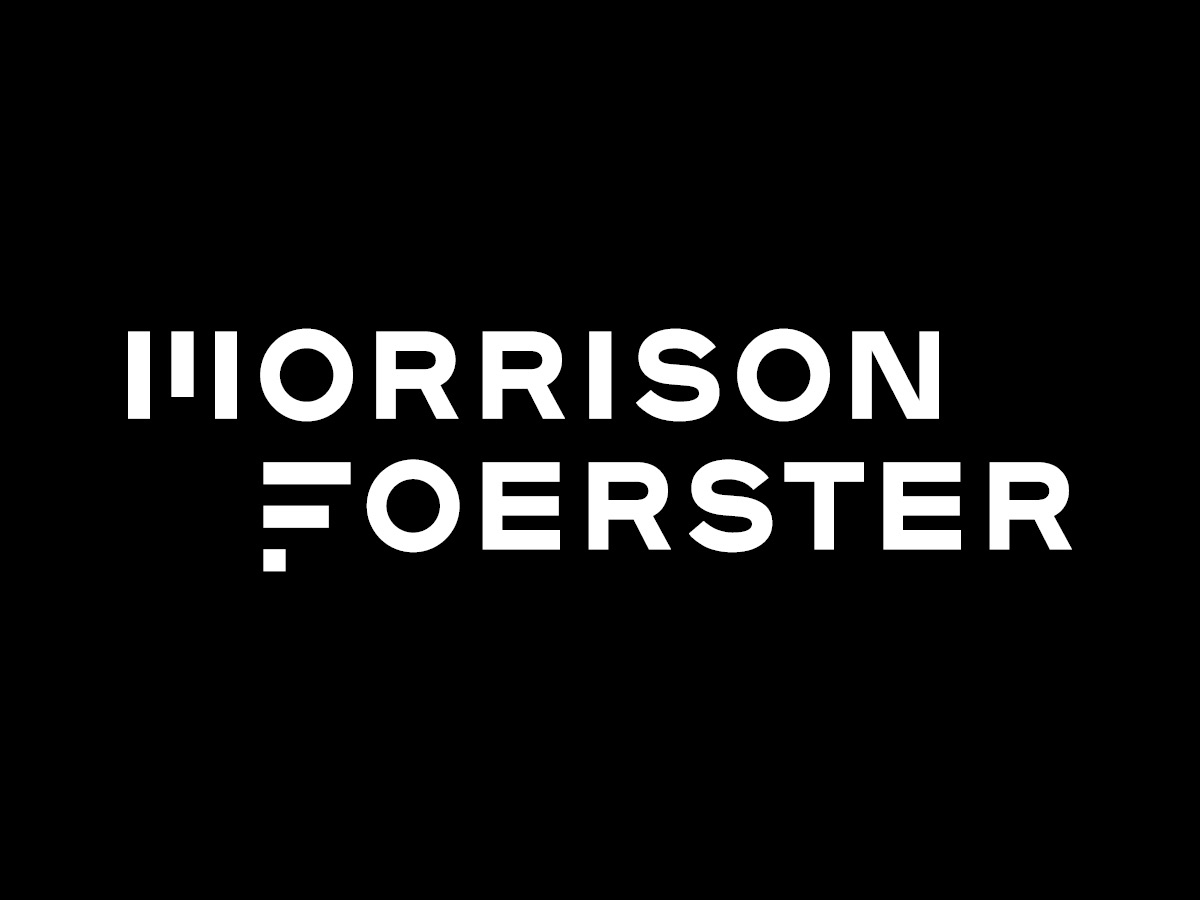“AI-Related” Chip Patents – 1.6 Billion Reasons Why Google May Have Agreed to Settle | Rothwell, Figg, Ernst & Manbeck, P.C.
Recent headlines have focused on the $1.6 billion damages claim and Google’s possible exposure in Singular Computing’s patent infringement lawsuit involving Google’s “AI-related” chips. $1.6 billion is certainly not chump change – at least not to the vast majority of businesses. But to a company like Google and the AI companies in its portfolio, and considering the exploding AI market, the hypercompetitive landscape, and the AI chip arms race, there are likely substantial business reasons why settling the patent infringement dispute with Singular Computing made sense. Eliminating the risk of an adverse jury verdict may have had more to do with the business of AI and Google than $1.6 billion.
On January 24, 2024, Google and Singular Computing settled the patent infringement suit, but they did not disclose the terms of settlement. The litigation centered on whether Google’s chips (Cloud Tensor Processing Unit Versions 2 and 3), which provide AI capabilities that enhance the performance and efficacy of Google’s Translate, Photos, Search, Assistant, Cloud, and Gmail services, infringed Singular’s patents and whether the infringement was willful. The settlement was agreed upon weeks into a jury trial and just before closing arguments were set to begin.
The issues presented to the jury included infringement, invalidity (anticipation and obviousness), and damages related to claim 53 of US Patent No. 8,407,273 (“the ’273 patent”) and claim 7 of US Patent No. 9,218,156 (“the ’156 patent”). These claims previously survived a 12(b)(6) motion to dismiss for failure to state a claim1 and a motion for summary judgment2 challenging their validity under 35 U.S.C. § 101 as being directed to an abstract idea.
For example, claim 53 of the ’273 patent recites:
A device:
comprising at least one first low-precision high-dynamic range (LPHDR) execution unit adapted to execute a first operation on a first input signal representing a first numerical value to produce a first output signal representing a second numerical value;
wherein the dynamic range of the possible valid inputs to the first operation is at least as wide as from 1/1,000,000 through 1,000,000 and for at least X=5% of the possible valid inputs to the first operation, the statistical mean, over repeated execution of the first operation on each specific input from the at least X % of the possible valid inputs to the first operation, of the numerical values represented by the first output signal of the LPHDR unit executing the first operation on that input differs by at least Y=0.05% from the result of an exact mathematical calculation of the first operation on the numerical values of that same input;
wherein the number of LPHDR execution units in the device exceeds by at least one hundred the non-negative integer number of execution units in the device adapted to execute at least the operation of multiplication on floating point numbers that are at least 32 bits wide.3
In its motion to dismiss, Google argued the claims were directed to an abstract idea of doing an arithmetic calculation with an intended degree of imprecision. The court denied the motion due to questions of claim construction and factual disputes — the Court found Singular’s assertion of an inventive feature was sufficient to survive the motion to dismiss. The inventive feature being “the specified precision and dynamic-range parameters for LPHDR processing elements and the inclusion of at least 100 more such units than conventional processing elements in the claimed computing architecture.”4
After discovery, Google renewed its bid to invalidate the patents under section 101 by filing a motion for summary judgment. The Court 5 denied the motion holding that, at Step 1 of the Alice framework, the claims were not directed to an abstract idea, but rather “directed to … computer architecture to a number of LPHDR execution units with certain properties or parameters.”6
While the Court did not need to decide Step 2 of the Alice framework, it held the “claims contained in the necessary inventive concept, or at a bare minimum, disputed issues of material fact would preclude summary judgment.”7 In doing so, the Court denied Google’s motion for summary judgment and granted Singular’s partial summary judgment of no invalidity under 35 U.S.C. § 101.
As the AI market continues its rapid growth, we should expect to see a growing number of patent lawsuits involving AI-related technology. The courts will, no doubt, continue to grapple with AI-related patents and the issue of subject matter eligibility under 35 U.S.C. § 101. With the substantial investment in AI and the rapid pace of AI-related innovations, companies large and small will surely be seeking to protect their developments through patent and other forms of IP protection. The laws around AI in general and, in particular, patent protection for AI-related technologies, continue to take shape. With the rapid increase in patent filings in this area and the substantial number of patents expected to issue over the coming years covering AI-related technologies, there will surely be lots out there to consider from the U.S. and other patent offices, the courts, and the legislature.
[1] See MEMORANDUM AND ORDER ON DEFENDANT’S MOTION TO DISMISS, 51, Singular Computing LLC v. Google LLC 1:19-cv-12551.
[2] See Transcript, 552, Singular Computing LLC v. Google LLC 1:19-cv-12551.
[3] Claim 53 depends on claims 43, which in turn depends on claim 36. The claim above presents the subject matter of all three claims as a single claim. See MEMORANDUM AND ORDER ON DEFENDANT’S MOTION TO DISMISS, 51, Singular Computing LLC v. Google LLC 1:19-cv-12551.
[4] MEMORANDUM AND ORDER ON DEFENDANT’S MOTION TO DISMISS, 51, Singular Computing LLC v. Google LLC 1:19-cv-12551, at 15.
[5] See Transcript, 552, Singular Computing LLC v. Google LLC 1:19-cv-12551.
[6] Id. at 8.
[7] Id. at 9.






